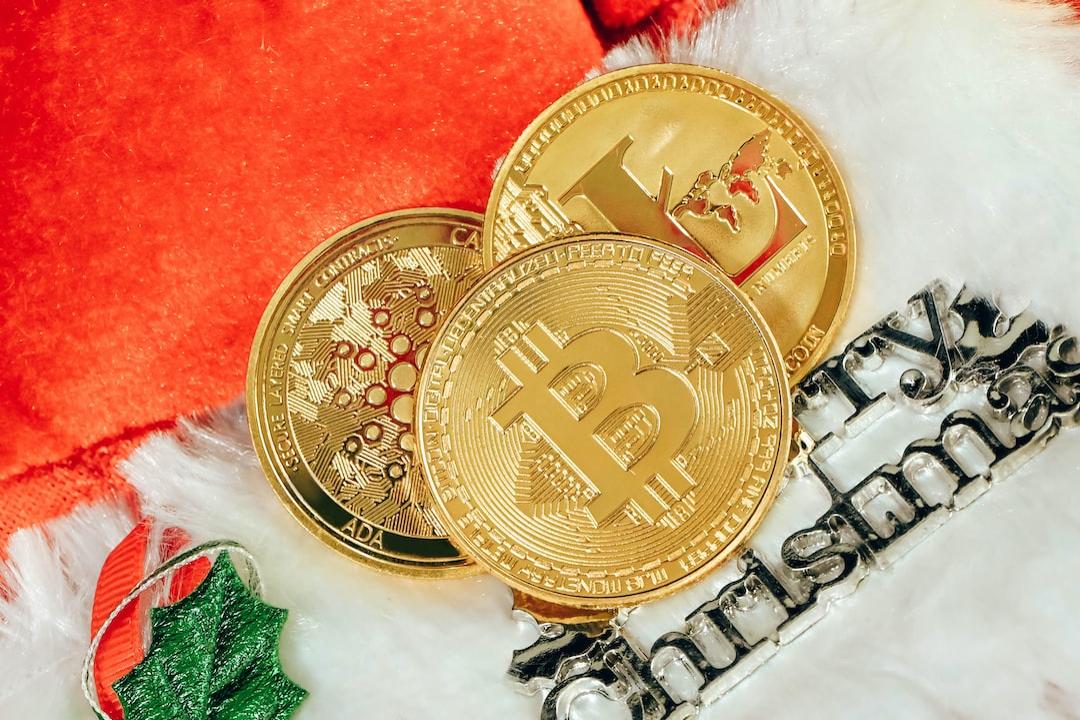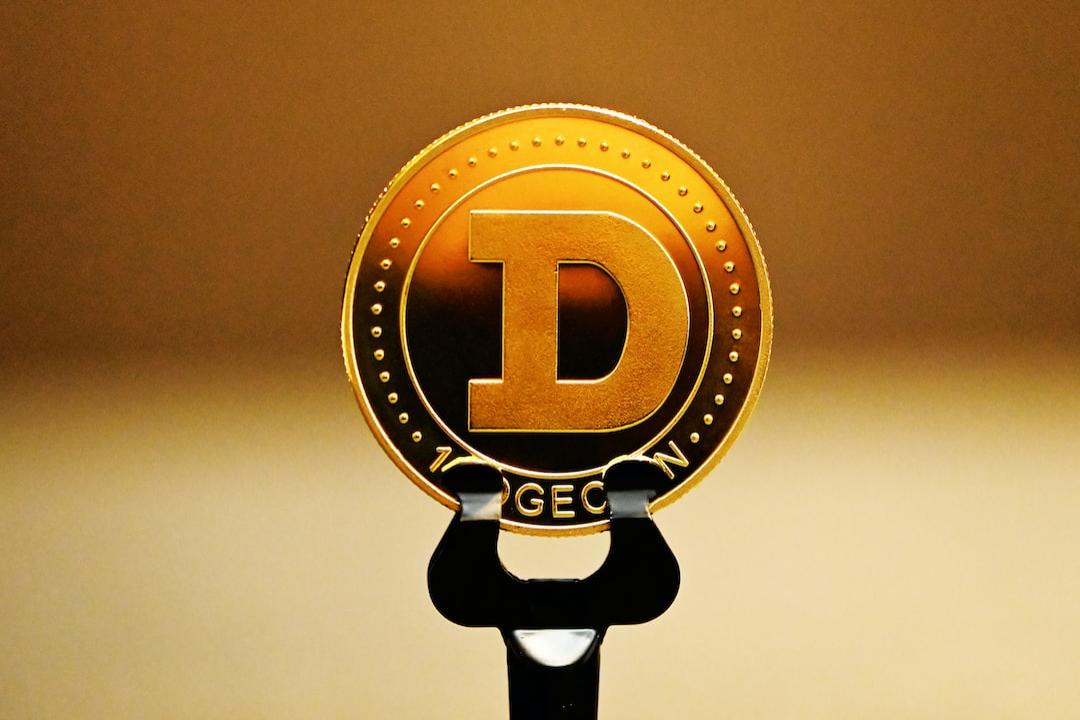Speculation on the Future of Risk, Time, and Currency
Hope today’s topic hasn’t taken you by surprise. Because reality has severely contradicted the title:
Gold briefly surpassed $3000 per ounce today (March 16), setting a new all-time high.
Bitcoin, after falling from its high of 102,000, dropped below 77,000 and now hovers around 84,000.
The stark contrast clearly shows that gold is a better safe-haven asset than Bitcoin. So, I ask you: would you be willing to sell your Bitcoin to buy gold right now? I, for one, wouldn’t, and I’m sure you wouldn’t either. In fact, not only are Bitcoin holders reluctant to sell, but many newcomers are constantly joining the space. See the chart below:

As you can see from the chart, even when Bitcoin was at a historic low of 78,000, there were still 330,000 new Bitcoin addresses on that day. Clearly, behind this contradiction, there must be hidden secrets. Your decision not to sell Bitcoin for gold is the right one. Today, I will explain the true reason behind this. Without further ado, the answer is in the title, with the question mark removed:
Bitcoin: The Ultimate Safe-Haven for Long-Term Thinkers
Of course, merely providing you with the answer is far from enough. I should also explain the reasoning behind it. As a science-popularization column, I should aim for both knowledge and practice. So, in the end, I will also offer paths and methods for applying this concept. If you identify with long-termism and are not the type to bet on leveraged trading for quick wealth, then please continue reading.
What is a Safe-Haven Asset?
A safe-haven asset, as the name suggests, is an asset that retains or even increases its value when the market experiences turbulence, the economy faces uncertainty, or other events occur that may lead to a decline in the value of traditional investments (such as stocks and bonds). These assets are typically seen as a “safe harbor” for investors to protect their wealth from loss during risky periods.
Traditional safe-haven assets usually exhibit the following core characteristics:
- Low Volatility or Negative Correlation: An ideal safe-haven asset should remain relatively stable during market fluctuations, sometimes showing a negative correlation with higher-risk assets (like stocks). This means that when the stock market falls, the price of the safe-haven asset may rise, thus hedging the risk.
- Value Retention Ability: Safe-haven assets should be able to preserve their value over the long term, withstanding inflation and other factors that erode wealth. Investors prioritize the asset’s ability to maintain purchasing power over seeking short-term high returns.
- High Liquidity: The ability to quickly buy or sell the asset at a reasonable price is crucial. This ensures flexibility for investors to adjust their asset allocation as needed.
- Historical Verification: Assets that have demonstrated safe-haven properties during past market crises or economic downturns are more likely to be trusted and accepted by investors.
The Three Pillars of Traditional Safe-Haven Assets:
- Gold: As a millennium-old hard currency, gold’s safe-haven reputation stems from its 70-fold increase following the collapse of the Bretton Woods system in 1971. Its physical scarcity (around 205,000 tons of gold have been mined globally) and anti-inflation properties (an annualized return of about 7.3% over the past 50 years) make it a classic choice in times of crisis.
- Government Bonds: Taking U.S. Treasury bonds as an example, their “risk-free” label is based on national credit. However, with the U.S. national debt set to exceed $35 trillion in 2024 and real yields being negative for 18 consecutive months, the “safe asset” label reveals an inflation trap.
- Safe-Haven Currencies: The U.S. dollar, as the global settlement currency, accounted for 59% of foreign exchange reserves during the 2020 pandemic crisis. The Japanese yen relies on a low-interest-rate environment (Japan at -0.1%), and the Swiss franc benefits from banking secrecy laws to maintain its safe-haven status.
However, gold has long been regarded as the classic safe-haven asset. In many historical periods, when stock markets fell or geopolitical risks rose, investors flocked to gold, driving its price up. Gold itself does not generate interest or dividends, but its scarcity and historical recognition as a store of value have made it an important means of preserving wealth during uncertain times.
Yet, with the continuous development and innovation of financial markets and the diversification of investor risk preferences, the definition of “safe-haven assets” has been evolving. Some emerging assets have begun to show safe-haven potential under certain conditions, even though they may not fully meet all the characteristics of traditional safe-haven assets. This is why today, we are discussing the relationship between Bitcoin and safe-havens.
The key sentence here is “investor risk preferences,” because everyone has a different understanding and perception of risk. For example, I don’t expect to get rich through leveraged trading, so Bitcoin’s price fluctuations have never been a risk or an opportunity for me.
2. The Relativity of Risk
Now, let’s turn our attention to a broader stage and see how risk manifests differently depending on location and time.
Imagine living in different countries and feeling the different pressures that risk brings. For example, during Zimbabwe’s economic turmoil, hyperinflation made the local currency almost worthless. For local residents, holding their national currency was the biggest risk, and they would do everything they could to exchange their assets for a more stable foreign currency or tangible goods. In a stable economy, like Switzerland, people might focus more on the long-term value retention of their assets rather than short-term currency depreciation risks.
This is the “spatial” relativity of risk—same assets, different risks in different economies.
Time also profoundly affects our perception of risk. Assets once considered high-risk may gradually be accepted by the market and become mainstream, while assets once thought of as safe may reveal new risks due to changes in the times.

As you can see from the chart above, you might think such a large retracement must be Bitcoin or some other cryptocurrency, but it is not. It is gold.
Gold’s safe-haven properties are not unchanging either. In different historical periods, gold’s price fluctuations and safe-haven effects were influenced by various factors like the economy and politics. For example, during some economic recessions, gold performed well as a safe-haven, but in other periods, its performance might not have been as strong.

Looking at the panoramic chart above, you can clearly see that gold experienced large retracements in the 1970s, 1980s, and 2010s.
So, what should long-term thinkers do in today’s context, considering the current situation?
First, it is essential to clarify that a long-term thinker does not consider making money as a life goal. We are all trying to do something more meaningful. Outside of work, I choose blockchain science popularization, and you might choose something else. But we all share one commonality: we don’t want to struggle too much to make money. We hope for a one-time solution to manage our investments, with no high-profit expectations and no desire to take unnecessary risks.
However, as long as we live on Earth, there is one risk we cannot avoid.
3. The Risk of Fiat Currencies
Fiat currency, as the name implies, is money that derives its legal status from government decree and is required to be used as legal tender. The paper money we use daily, such as the U.S. dollar, euro, and yen, are fiat currencies. Unlike the currencies of the past, which were tied to physical assets (like gold or silver), modern fiat currency’s value is entirely based on the trust in the issuing institutions (usually central banks) and the economic power of the country.
3.1 Devaluation
The fatal flaw of fiat currency lies in its unlimited supply mechanism. To cope with economic downturns, stimulate growth, or pay off debts, governments and central banks often increase the money supply. While moderate inflation can have some positive effects in the short term, over the long term, persistent inflation erodes the purchasing power of money.
For example, since decoupling from gold in 1971, the U.S. dollar’s purchasing power has declined by 98%. In 2024, the Federal Reserve will implement quantitative easing in response to the U.S. debt crisis, causing the M2 money supply to surge by 23%, while real inflation skyrocketed to 8.5%, far exceeding the 2% target. This “printing tax” is creating a global “time black hole,” where the real return on cash assets has been negative for 18 consecutive months.


